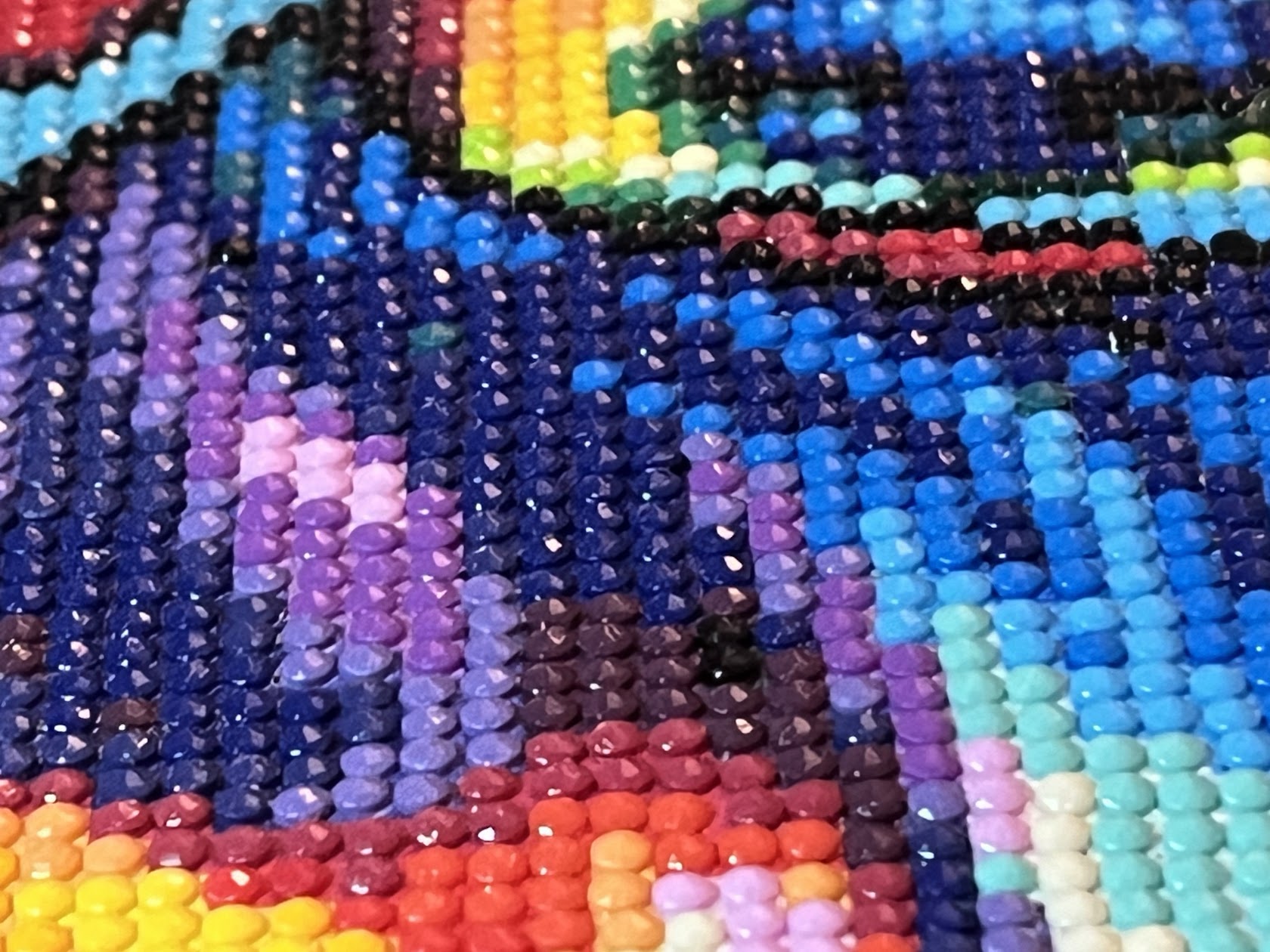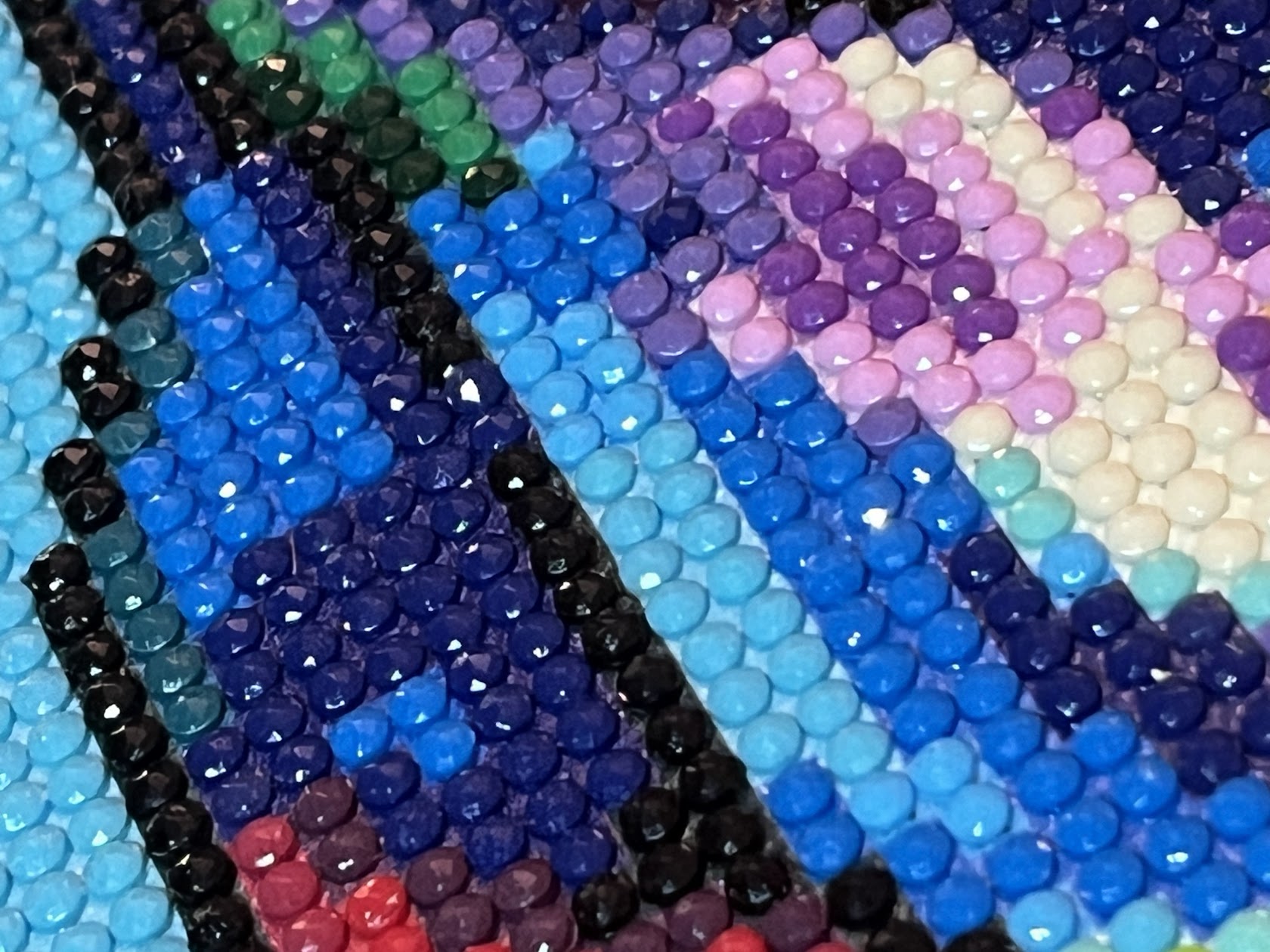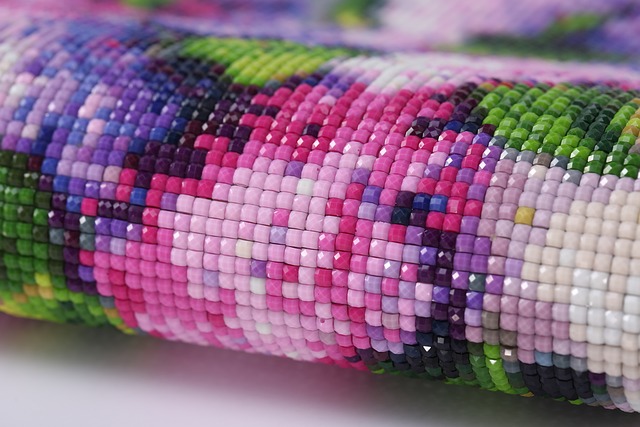How to Seal and Frame a Diamond Painting
There are some affiliate links below, but they are all products I highly recommend. For more info, view my disclosure here.
Sealing and framing a diamond painting can be a daunting task, especially if you are new to the craft. However, with the right tools and techniques, you can create a beautiful diamond painting of your own creation that will last for years to come. We’ll guide you through the process of sealing and framing your diamond painting, step by step.
It is important to choose the right diamond painting kit for your project. A good idea is to look for a kit that comes with a pre-cut adhesive canvas and high-quality resin diamonds. This will ensure that your finished product looks professional and is of the highest quality. Once you have completed your diamond painting, the hard work is not over yet. You will need to seal and frame your masterpiece to protect it from dust, dirt, and damage.
To seal your diamond painting, you will need a sealant such as Mod Podge or Diamond Glaze. Apply a thin layer of sealant over the entire surface of your painting, making sure to cover all the diamonds and the edges of the canvas. Allow the sealant to dry completely before framing your diamond painting. Framing your diamond painting is the final step in the process. Choose a frame that complements your painting and makes it stand out. With these simple steps, you can create a beautiful and long-lasting diamond painting that you can be proud of.
Preparing Your Diamond Painting for Sealing
Before you start sealing your diamond painting, there are a few important steps you should take to ensure that the process goes smoothly. Here are some things you should do to prepare your diamond painting for sealing:
Ensuring a Flat Surface
The first thing you should do is make sure that your diamond painting is on a flat surface. This will help ensure that the sealant is applied evenly and that there are no air bubbles trapped underneath. If your diamond painting is not on a flat surface, you can use a heavy book or something similar to flatten it out.
Cleaning the Canvas
It’s important to make sure that your canvas is clean before you start sealing it. Use a soft brush or cloth to gently remove any dust or debris from the surface of the canvas. This will help ensure that the sealant adheres properly and that there are no particles trapped underneath.
Checking the Diamond Drills
Before you start sealing your diamond painting, it’s a good idea to check the diamond drills to make sure they are all securely in place. If any of the drills are loose, use a small tool to gently push them back into place. This will help ensure that none of the small diamonds fall off during the sealing process.
By following these steps, you can help ensure that your diamond painting is properly prepared for sealing. Once you have completed these steps, you can move on to the next phase of the process and start sealing your completed diamond painting.
Choosing the Right Sealer
When it comes to sealing your diamond painting, there are two main types of sealers to choose from: brush-on sealers and spray-on sealers. Each has its own advantages and disadvantages, so it’s important to choose the one that best fits your personal preference and the needs of your project.
Brush-On Sealers
Brush-on sealers are a popular choice for many diamond painters because they allow for more control over the application process. With a brush, you can easily apply the sealer to the entire surface of the painting, ensuring that every diamond is covered.
There are a variety of brush-on sealers available, each with its own unique properties. Some provide a glossy finish, while others offer a more matte look. It’s important to choose the best sealant for your project based on the variety of finishes available.
Spray-On Sealers
Spray-on sealers are another option for sealing your diamond painting. They are quick and easy to apply, making them a popular choice for those who want to finish their project quickly.
Spray-on sealers come in a variety of finishes, including glossy and matte. They are also available in different levels of shine, from a subtle sheen to a high-gloss finish.
When using a spray-on sealer, it’s important to follow the instructions carefully to ensure that the sealer is applied evenly and doesn’t leave any streaks or bubbles.
Understanding Different Finishes
When choosing a sealer for your diamond painting, it’s important to consider the different finishes available. A glossy finish will give your painting a shiny, reflective look, while a matte finish will provide a more subdued, natural appearance.
There are also sealers available that provide a satin finish, which falls somewhere between glossy and matte. Satin finishes offer a slight shine without being overly reflective.
Ultimately, the best sealant for your diamond painting will depend on your personal preference and the look you want to achieve. It’s important to experiment with different finishes to find the one that works best for your project.
Sealing the Diamond Painting
To protect the shine of the diamonds and ensure the longevity of your diamond painting, it is important to seal it properly. Here are some tips to help you seal your diamond painting with ease.
Applying the Sealer Evenly
Before you start sealing, make sure that your diamond painting is clean and free of any dust or debris. You can use a soft-bristled brush to gently remove any dirt or lint.
When applying the sealer, you can either use a spray-on sealant or a brush-on sealant. Whichever method you choose, make sure to apply the sealer evenly and in a thin layer to avoid any drips or bubbles.
Allowing Proper Drying Time
Once you have applied the sealer, you need to allow it to dry completely. The drying time can vary depending on the type of sealant you are using, but it usually takes a long time or overnight.
It is important to avoid touching or moving the diamond painting while it is drying to prevent any smudging or damage to the diamonds.
Adding Multiple Coats
If you want to add an extra layer of protection, you can apply a second coat of sealer after the first one has dried completely. This will create a protective layer that will help to preserve the shininess of your diamond painting.
Make sure to follow the same process of sealing and drying for the second coat as you did for the first one.
By following these simple steps, you can easily seal and protect your diamond painting, ensuring that it will look beautiful for years to come.
Framing Your Sealed Diamond Painting
Once you have completed your diamond art piece, you may want to frame it to display it as a work of art. Here are some tips on how to properly frame your sealed diamond painting.
Selecting the Right Frame
When selecting a frame for your diamond painting, it is important to choose one that complements the colors and style of your finished piece. Glass-framed diamond paintings can be a great way to protect your art from dust and direct sunlight, but they may not be the best option if you want to showcase the texture of the diamonds. Stretcher bars are another option that can give your artwork a more natural look.
Make sure to choose a frame that is the right size for your diamond painting. Measure your finished piece and select a frame that is slightly larger to allow for mounting.
Mounting the Painting
Before mounting your diamond painting, make sure it is properly sealed to prevent any diamonds from falling off. Once the painting is sealed, you can mount it onto a backing board using double-sided tape or adhesive spray. Make sure the backing board is the same size as the frame to ensure a snug fit.
Displaying Your Artwork
Once your diamond painting is mounted, you can place it into the frame and secure it using the clips or screws provided. Hang your artwork in a place where it will not be exposed to direct sunlight or moisture. You can also use a picture hanger or wire to display your artwork on a wall.
By following these simple steps, you can frame and display your own diamond painting as a beautiful work of art.



